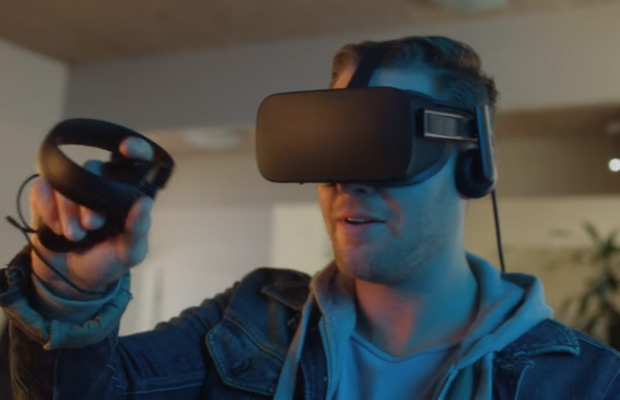Oculus Rift Teardown Shows An Intricate Design That Costs Less Than $200

A new teardown and piece by piece analysis of the bits involved in making the Oculus Rift VR headset reveals a "complex mechanical design" and relatively low cost of parts adding up to just over $206, hundreds less than the $599 the assembled package sells for to consumers, IHS Markit Technology stated in a recent blog post. Isn't it fun to be an early adopter?
To be fair, the total bill-of-materials (BOM), as it's called, doesn't factor in expenses beyond just the individual hardware, such as marketing, design and engineering, and everything else involved in bringing a new product to market. And in this case, the Rift isn't just a new product, it's a groundbreaking item that finally taps into VR as more than just a gimmick.
The biggest cost in making the Rift is the 3.51-inch AMOLED display supplied by Samsung. It runs $69 all by itself and is nearly three times more expensive than the combined total for plastics, metal, hardware, and other miscelleneous bits that collectively add up to $24.09, the second highest expense in the Rift's hardware makeup. That's followed by the printed circuit boards, connectors, and loudspeakers, which add $22.50 to the BOM.
Many of the bits are only a few dollars. Instead of limiting itself to a single or even just two semiconductor suppliers, Oculus tapped several component suppliers outside of Samsung from around the world, including Dallas-based Texas Instruments, French-Italian chip maker STMicroelectronics, the Norwegian Nordic Semiconductor, and Japan's Toshiba Semiconductor. And for the headset's sensor component, Ricoh from Japan and Taiwan's Etron Technology got in on the action.
There are a lot of parts involved in the construction of the Rift. IHS Market Technology says it isn't surprised by the complex design given that it's a new item with an "ambitious agenda," but notes that "opportunities may come in the future simply design."

"Most products, after their initial production run and market rollout, tend to go through some form of design review that results in a more elegant solution to previously thorny issues. The Rift headset contains a tremendous amount of mechanical and electromechanical components, and some consolidation here is expected in the future as the product evolves," IHS Markit Technology says.
The Rift along with its main competitor, HTC Vive, have both seen encouraging demand in this early going. It's the content that needs to catch up at this point. While VR gamers wait for AAA titles to arrive, Microsoft is getting ready to release a Minecraft update that will bring VR support for the Rift in Windows 10 this month.


